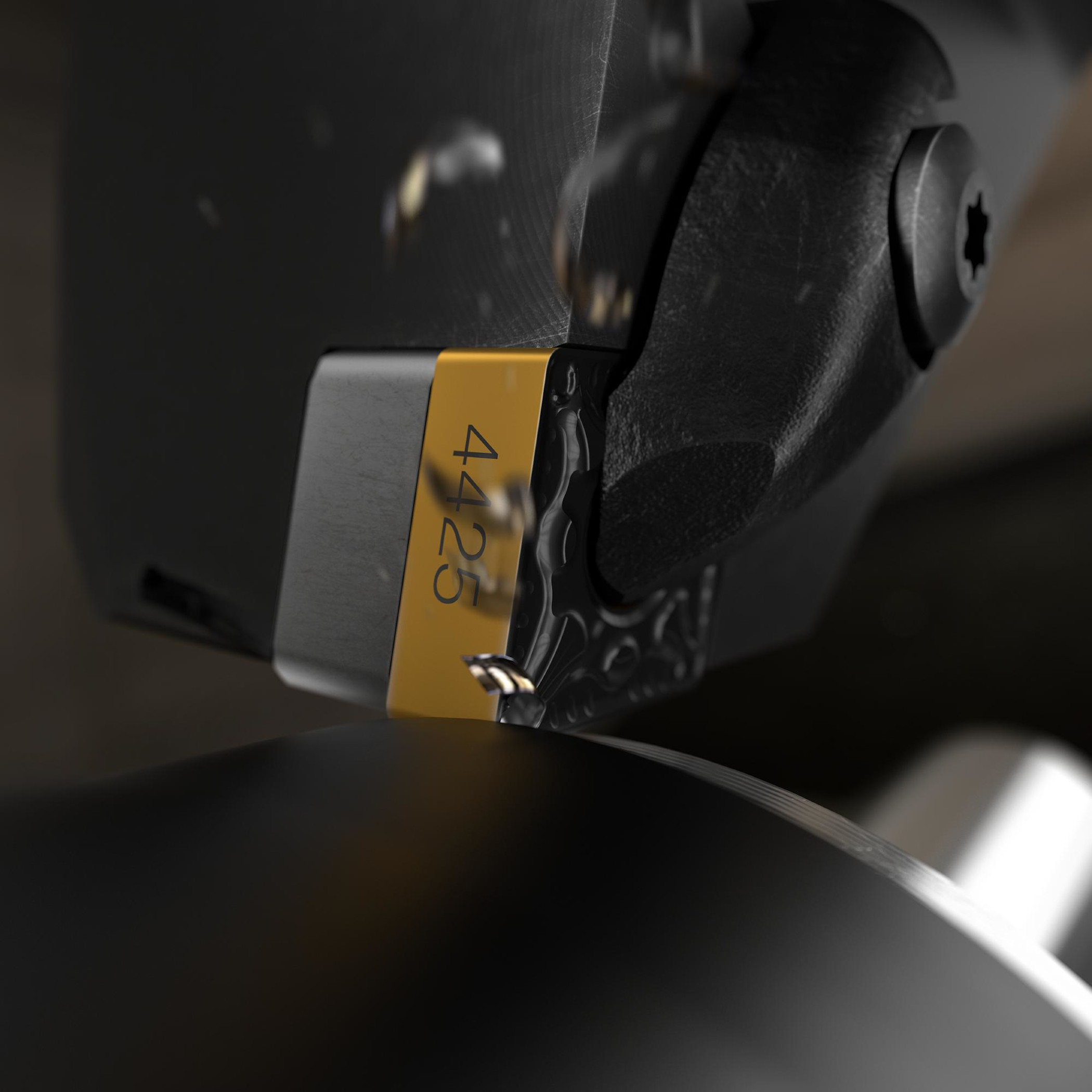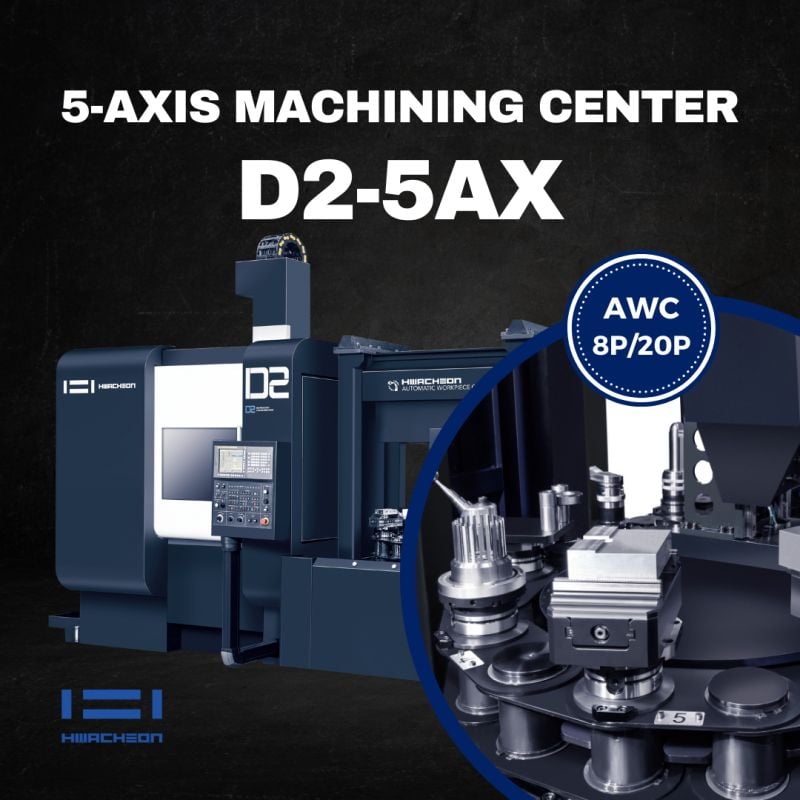
The father of modern political philosophy, Machiavelli, said that “Whosoever desires constant success must change his conduct with the times.” We are surely living in unprecedented times with the ongoing effects of Covid-19 on industry. Here, Rolf Olofsson, Product Manager at Sandvik Coromant, explains why now the time for machine shops is to embrace new generation tooling solutions to tackle steel ISO P turning.
For manufacturers, stepping away from the established way of doing things invites risk. No wonder it so tempting to fall back on the old adage of ‘if it ain’t broke, don’t fix it.’
Yet, there is more onus than ever on manufacturers to change with the times. Research by Pinsent Masons, the German law firm, has identified three main drivers for change.
First, its survey of 100 German manufacturers and students found that disruptive Industry 4.0 technologies are ‘sparking a fresh industrial revolution’. Second, the green agenda is driving manufacturers towards low carbon business models. Third, Pinsent Masons found ‘that macro-economic pressures such as Brexit and Covid-19, will cause global supply chains to fragment.’
How can manufacturers overcome this trio of obstacles without losing sight of the two main challenges of increasing output and reducing costs while machining one of the most common and complex ISO P (steel) workpiece materials? The answer lies in next-generation tools.
The right stuff
First, let’s look at the two ultimate goals to achieve profitable steel turning – increasing output and reducing costs. The situation will depend on whether manufacturers are dealing with mass or batch production.
Manufacturers must always strive towards maximising output that, according to Sandvik Coromant’s findings, can reduce cost per component by 15%. To properly maintain a higher machine output, it’s also necessary to increase metal removal rates and reduce scrap. Central to all of this is the manufacturer’s choice of tool, specifically their choice of insert. That’s why Sandvik Coromant recommends choosing steel turning insert grades that can deliver predictable and consistent performance.
Stay in shapE
Sandvik Coromant has added two high performing carbide insert grades to its existing range, the GC4415 and GC4425. The inserts’ designations refer to P15 and P25 materials and the demands that different working conditions impose.
The two new inserts can meet these parameters. While GC4425 delivers improved wear resistance, heat resistance and toughness, the GC4415 is designed to complement GC4425 where enhanced performance is needed.
Both contain the second generation Inveio® coating technology. What makes Inveio different is something that can be examined at the microscopic level: the material’s surface has a uni-directional crystal orientation. Each crystal lines up towards the cutting edge, creating a strong barrier that improves crater and flank wear resistance. Heat is also led away from the cutting zone more quickly.
Each insert contributes towards extended tool life, eliminating sudden breakages and reducing reworking and scrap. With the ability to machine more components in one set-up, the new insert grades can reduce the production interruptions caused due to frequent insert changes and time spent in finding the right insert for each application or material. Coolant can further improve insert performance, delivering even better performance in all aspects and playing a crucial role in reducing cost.
In addition, precision coolant with pre-directed nozzles focused directly on the cutting zone is a good way to achieve chip control. That is why, if correctly applied, coolant will maximise output, increase process security and improve cutting tool performance and component quality.
We’ve examined how factors like tool and coolant choice can yield tangible machining benefits — but what could manufacturing gain by applying a new methodology to steel turning operations?
Sandvik Coromant’s specialists asked themselves this question, and the result was a new ethos that we call PrimeTurningTM, designed as a good choice for mass production or components needing frequent set-ups and tool changes. In particular, if turning is a bottleneck operation, then companies suffer a restriction on the number of components produced per run.
Positive change
GC4415 and GC4425 has already proven advantageous, and in one case, a manufacturer pitted the GC4415 insert against a competing insert and put it to work in machining an AISI/SAE CMC 02.1 steel workpiece with a Brinell hardness of 220HB. By switching to GC4415 and increasing the cutting data, the customer was able to achieve a productivity gain of 210% and cost reduction of 53%. As this example shows, manufacturers can indeed prove Machiavelli’s assertion that “whosoever desires constant success must change his conduct with the times.”

